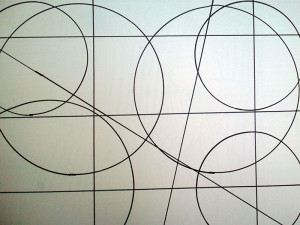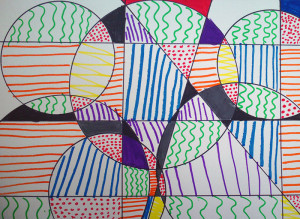Why is Art Art?
What is the difference between GREAT ART and mediocre art?
I don’t really know. The phrase “I know it when I see it” makes art a perception but art is still art whether it is perceived as such by one or not. So then the idea of art becomes quite subjective depending on the viewer’s opinion or mood of the day.
For me really good art is that which has been drawn well and somewhat realistically but is then turned into an abstract or an impression or an abstract impression. I am a bit of a conservative in that I believe for artists to create really good art they have to be able to draw. I have told my students that drawing is the basis of all other art techniques.
My favorite artists who have demonstrated the ability to draw realistically and turn a painting or sculpture into an abstract, impression or abstract impression are Pablo Picasso and David Hockney. There is a video/DVD called “Behind the Scenes, Volume:1 Painting and Drawing” (available on Dick Blick’s website) during which David Hockney draws a chair from many different views while explaining perspective, depth, and vanishing point. I showed it many times to my middle school students. The result is a cubistic chair (Picasso’s influence).
Today I discovered a painting of David Hockney’s called “Gaugin’s Chair” that looks like the very chair that’s in the DVD. It’s a painting with bright tropical colors similar to those Gaugin used but drawn in a cubistic manner like Picasso. That thought process is what makes a great artist and great art to me!
That’s MY opinion! Mizz Mac


